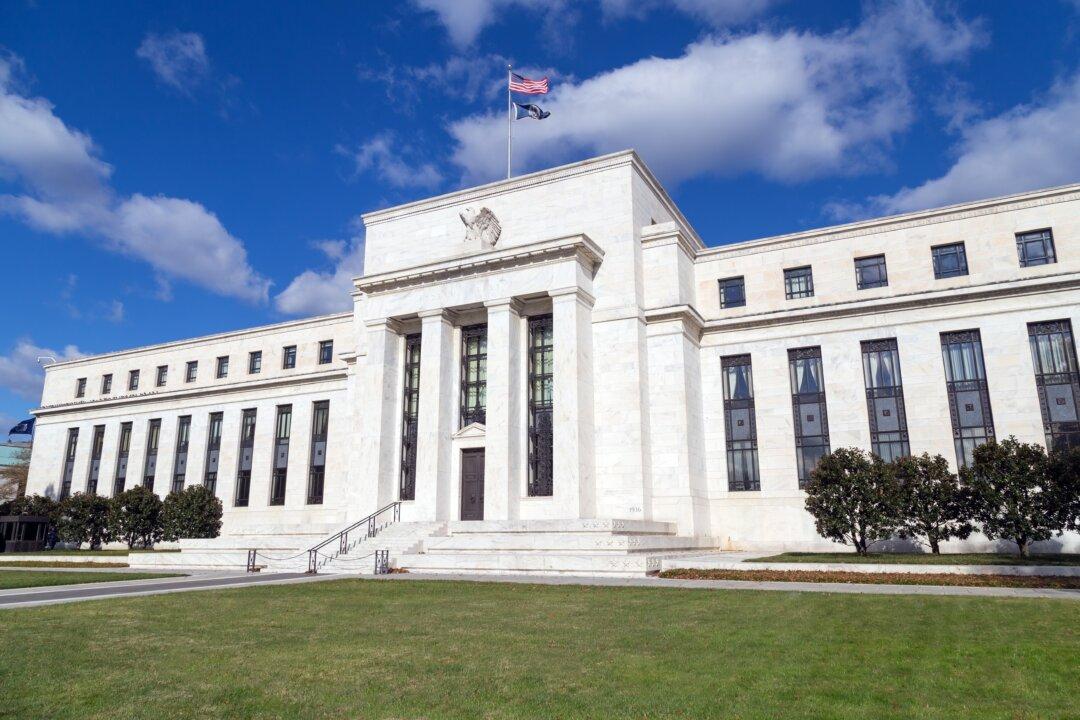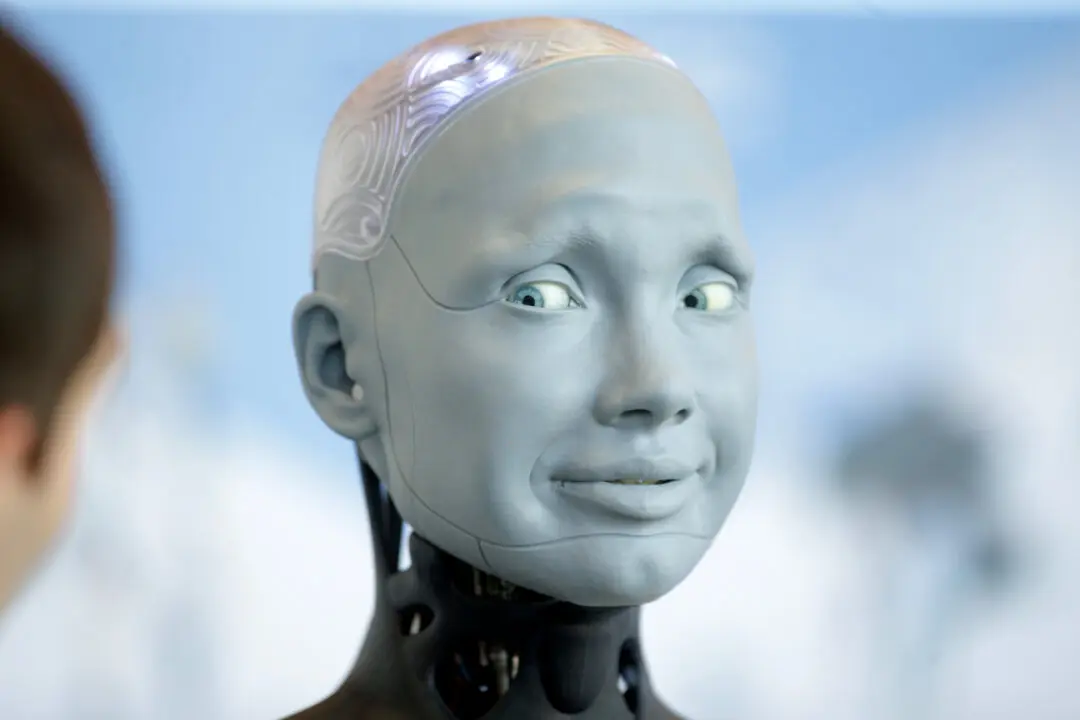We finally seem to be hitting on a phrase to describe, at least in part, a feature of the current economic environment. The phrase is “white-collar recession.” It points to a reality these pages have covered in detail over the past year. The professional/managerial sectors of the U.S. economy were inflated beyond anything sustainable.
They now are deflating, with enormous cultural consequences.
The layoffs throughout the entire tech sector are mounting by the day but aren’t creating much public concern yet. That’s because they aren’t yet showing up in the unemployment data. Moreover, most of the people being tossed out of Amazon, Facebook, Microsoft, Salesforce, and many financial services companies are finding other work, which of course they would, for now.
Still, there’s growing anxiety in these sectors that there is a long way to go before the shakeout is complete.
Indeed, there is a very long way to go. The whole sector is in grave need of a thorough cleansing. After all, it was this sector that gave us censorship, ESG (environmental, social, and governance), and DEI (diversity, equity, and inclusion), and language policing, plus have dabbled in complete social reconstruction with the “woke” model of ideological control. They did this without concern for customers or stockholders simply because the financial and monetary environment allowed them to get away with it.
The root of the problem traces to the Federal Reserve’s response to the 2008 housing bust. The Fed had the snazzy idea of driving interest rates to zero. This followed the crazed dream that John Maynard Keynes had in the 1930s that imagined the whole of modern life could be fueled by cheap money forever. It was nuts then and nuts in 2008 when then-Fed Chairman Ben Bernanke deployed the scheme.
His twist on the Keynesian delusion was to lock up the new money and credit in the banking system with a simple financial arrangement. The Fed would pay a higher rate on deposits from the banking industry than the money could otherwise earn from short-term lending. That kept the credit expansion out of circulation and thus suppressed what would otherwise be the impact on general prices.
So on it went for 12 years but, during this time, it became essentially impossible to earn a return through normal savings like the old days. Instead, the hunt for return drove capital to the outer reaches of the yield curve, away from normal savings and reliable businesses toward wildly speculative ventures in the tech space, which became overblown beyond belief, even as lenders lost interest in small business.
In this way, bad monetary policy massively distorted the normal structures of production. It drove out safe investments and savings in favor of financial and technical exotica. However, the whole distortion lasted far longer than anyone would have predicted.
Meanwhile, the “experts” in charge were claiming that it was all fine because 1) the banks got saved, and 2) there was no truly serious inflation mounting. It all seemed like magic. Indeed, Bernanke got the Nobel Prize!
Underneath, however, tremendous rot was developing as the pool of capital that would normally sustain rising prosperity gradually began to deplete and economic growth became more difficult to manufacture. The Fed was already plotting an unraveling of this insane experiment in 2019 as it began to unload bank debt from its balance sheets.
Then, the pandemic hit. The Fed was called upon to abandon its pathetic efforts at tightening money and credit. Instead, it went all in with zero interest rates and absurd levels of debt buying as Congress spent money uncontrollably and the Treasury Department kept issuing the debt to make the thing possible.
Of course, we know what happened next. Mass unemployment occurred among some but among others, the dream of a lifetime unfolded: free money for staying home and doing absolutely nothing. The professional class of workers thrived as never before. In fact, even though there initially was a loss of employment, professional services is the only sector in labor markets that currently employs more people now than before the pandemic hit!
That isn’t normal. It cries out for correction.
![(Data: Federal Reserve Economic Data [FRED], St. Louis Fed; Chart: Jeffrey A. Tucker)](/_next/image?url=https%3A%2F%2Fimg.theepochtimes.com%2Fassets%2Fuploads%2F2023%2F01%2F11%2F1-JAT-2023.01.11-1200x939.png&w=1200&q=75)
Leisure and hospitality companies were hardest hit by lockdowns, so there’s no surprise that there is currently a huge shortage of workers in that sector. In broad terms, what needs to happen is a large shift from overserved sectors to underserved sectors, with labor following capital away from the farthest right-side reaches of the yield curve back to reliable sectors that actually earn profits and pay dividends to stockholders.
This will mean a large disruption in many people’s lives, sad to say. And the timing couldn’t be worse. This isn’t just a white-collar recession; it’s an all-of-society inflation that’s far from over. We see some prices falling (homes, rents, gas, oil) while others are still rising, mostly those affecting food, liquor, and other consumables. Many retailers put off price increases as long as they could.
The egg shortage is a case in point. Avian influenza took out some production but that’s not really the driving force. The problem is that large grocery chains have been reluctant to pay wholesalers more for eggs because their pricing formulas would force them to raise prices on a product that consumers know very well. But the result of this delayed increase has been to starve producers of revenue at a time when the costs of feed, chickens, and electricity have risen steeply. The result is a dramatic fall in available supply.
I’ve not been out and about in my community today but I know for sure that I would find a low-grade run on eggs taking place right now. This has given rise to a series of internet memes that eggs are the new Bitcoin. Indeed.
This kind of pricing chaos in the consumer goods market—strange and unexpected shortages followed by large price increases—is going to characterize markets for the rest of the year. The Fed does seem to have every intention of continuing its campaign for higher rates to crush inflation but that’s also going to reset many markets along the way, including those which affect labor most intensely.
There is really no avoiding the eventual fate: vast numbers of workers are going to have to downgrade their social and economic status to rebalance the production structure. There is a full decade and a half of malinvestment that needs correcting here. It’s completely the fault of terrible and arrogant managers of public policy, especially at the Fed. Economics is a lot like immunology: It can’t be tricked by artificial schemes. The truth wills out in the end.







